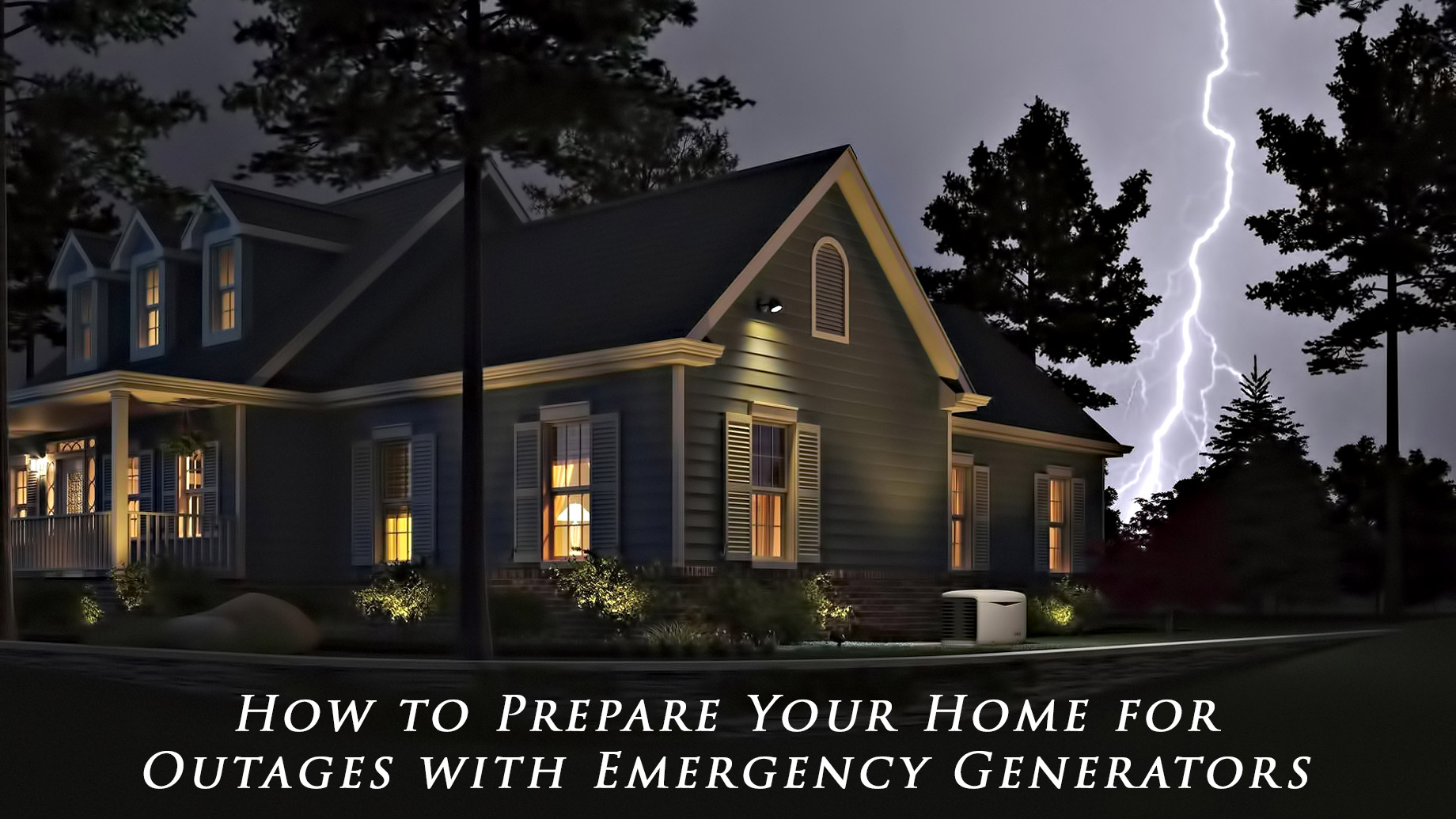
Is your home prepared if you lose power?
Even if you don’t live in an area that’s prone to severe weather events, you could still lose power in your home at any time, and it could stay out for days. If you do lose electricity, you could be without air conditioning (or heat in winter), food and running water.
An emergency generator will help you always be prepared for the worst. It’s time to invest in a generator if you don’t have one already. Keep reading to learn more about why you need generators and how to get yours up and running when you need it.
How to Prepare Backup Generators
An emergency generator can save lives if you lose power and need electricity. Your generators will allow you to charge electronics, keep food from going bad, keep the temperature in your house comfortable and so much more.
After you invest in a generator, you’ll need to make sure you know how to run it properly. It’s not as simple as plugging it into the wall. Here are four steps you’ll need to take to make sure your generator works in an emergency:
1. Determine Your Load
Your load is how much power you need your generator to have. You should prioritize what things in the home you need to have electricity. Some things you’ll likely want working are the water heater, sump pump, furnace, refrigerator and freezer and some outlets and lights around your home.
Running everything in your home on your generator isn’t practical and will use a lot of fuel too quickly.
2. Install a Transfer Switch
Plugging your generator into your wall can be extremely dangerous. Plugging the generator into the wall is called backfeeding, and it can kill utility workers who are working on the grid to get power restored.
To get your generator running properly and safely, you’ll need to install a transfer switch. Check out this article for a step-by-step breakdown of the process. A transfer switch cuts your home off from the grid, so you won’t risk harming anyone.
3. Practice the Installation Process
The last thing you want to happen is to need your backup generator but have no idea how to install it. This is why you need to practice the installation process before you need to use the generator.
You should always plan to do this at least a couple of times per year, even if you’ve never had a problem with your generator. Keep the machine away from your home in a well-ventilated area. Carbon monoxide poisoning can kill, so you don’t want to put you or your family at risk.
Get More Information On Preparing For Emergencies
No one wants to imagine the worst-case scenario but preparing for an emergency is crucial. Investing in generators is just one way to help you and your family feel confident that you’ll be prepared for any situation.